How To Become A Birder: 14 Easy Ways To Start This Life-Changing Hobby
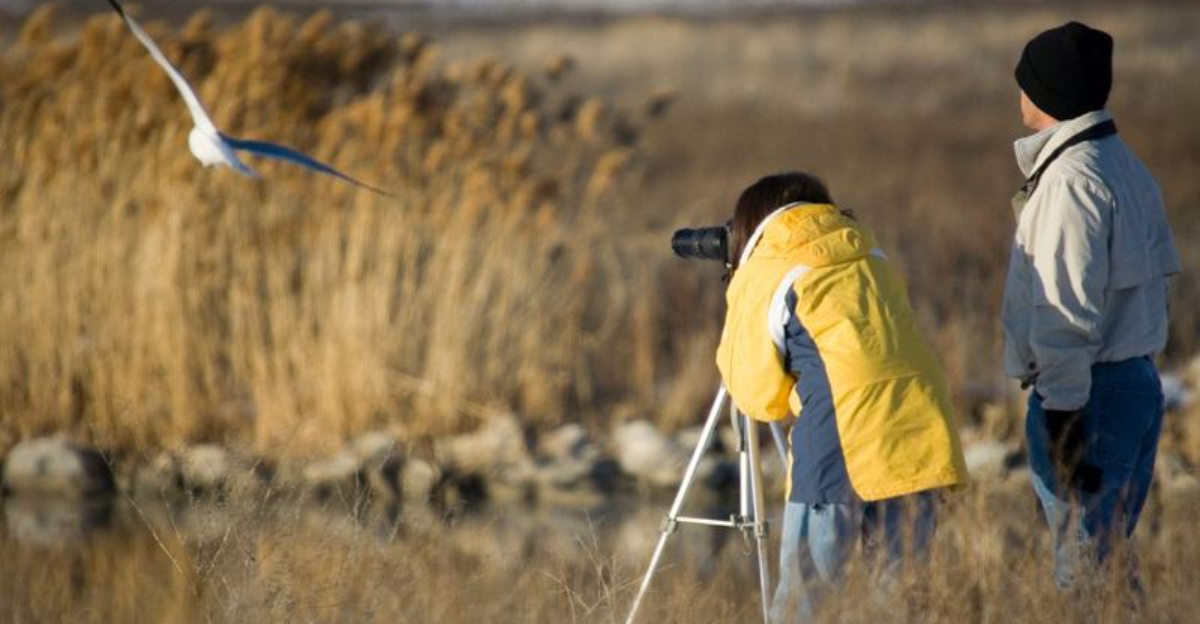
Ever noticed those folks with binoculars gazing skyward, grinning from ear to ear? They’ve discovered the joy of birding – a hobby that transforms ordinary walks into thrilling treasure hunts.
Birding connects you with nature, sharpens your senses, and introduces you to a worldwide community of like-minded enthusiasts. Ready to join this feathered adventure? Here’s how to spread your wings!
1. Grab A Starter Field Guide
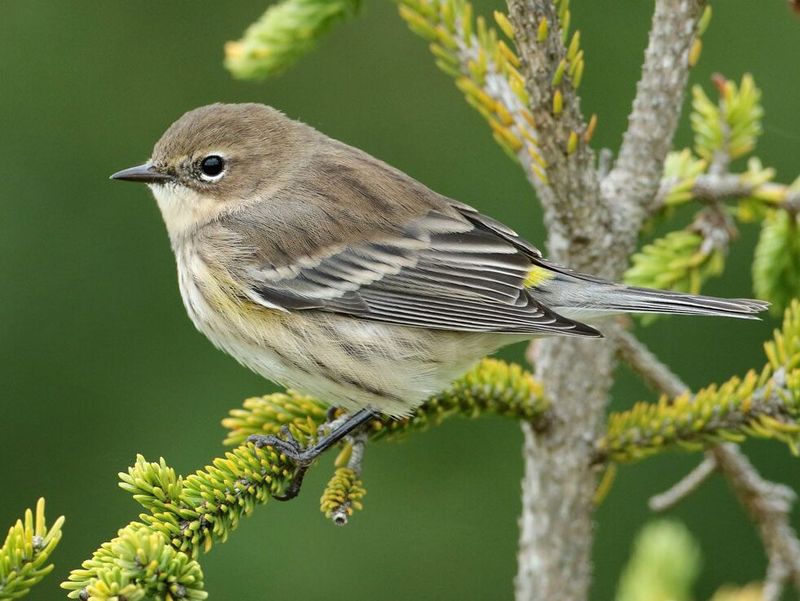
Nothing beats the excitement of identifying your first backyard visitor! A beginner-friendly field guide helps you name those mysterious feathered friends. Look for guides with clear photos and simple descriptions rather than technical illustrations.
Keep it within reach – on your coffee table or by a window – to quickly identify surprise visitors. The pages will become dog-eared with use as your knowledge grows!
2. Invest In Budget-Friendly Binoculars
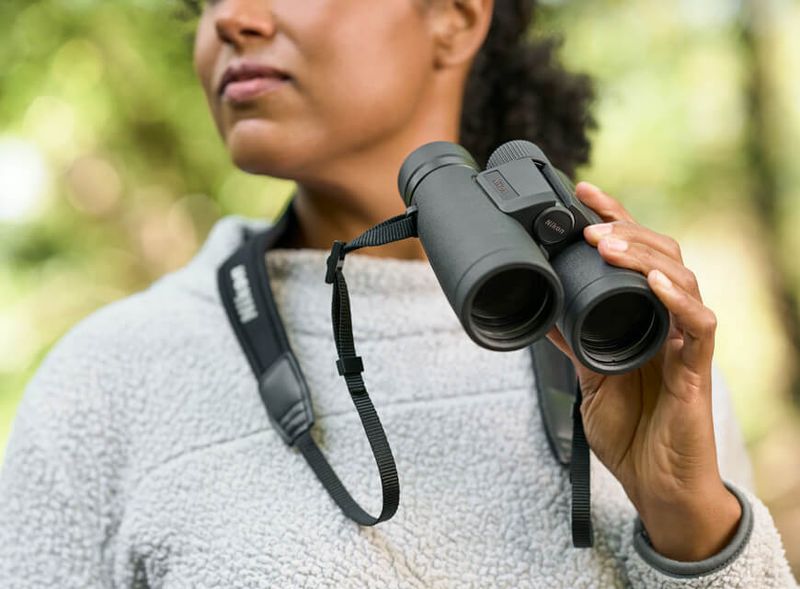
Your eyes alone miss so much of the bird world! Entry-level binoculars ($100-150 range) reveal stunning details – the ruby flash of a hummingbird’s throat or the subtle wing patterns on warblers.
Look for 8×42 magnification – powerful enough for clarity without being too shaky. Many nature centers let you test different models before buying. Your binoculars will become your constant companion on walks!
3. Start In Your Own Backyard
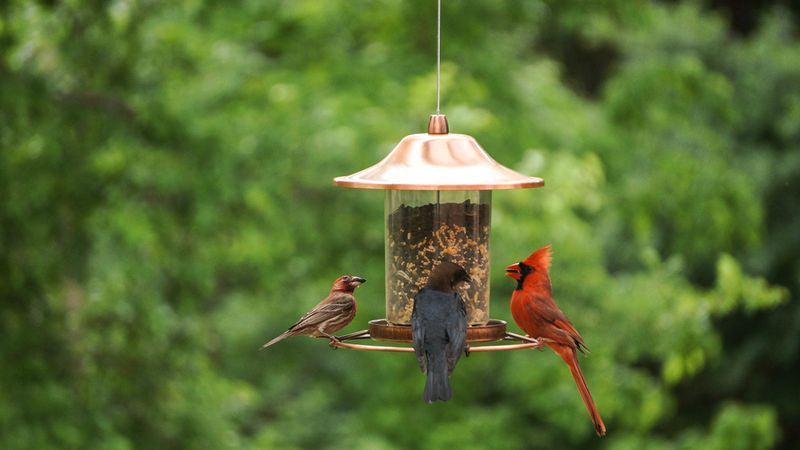
The perfect birding location? Right outside your window! Your yard or neighborhood offers familiar birds you’ll see repeatedly, making identification skills stick. Spend 15 minutes daily observing regular visitors.
Notice how chickadees bob when they land or how robins cock their heads when listening for worms. These regular observations build your knowledge base naturally. Soon you’ll spot subtle differences between similar species without even trying!
4. Download A Bird ID App
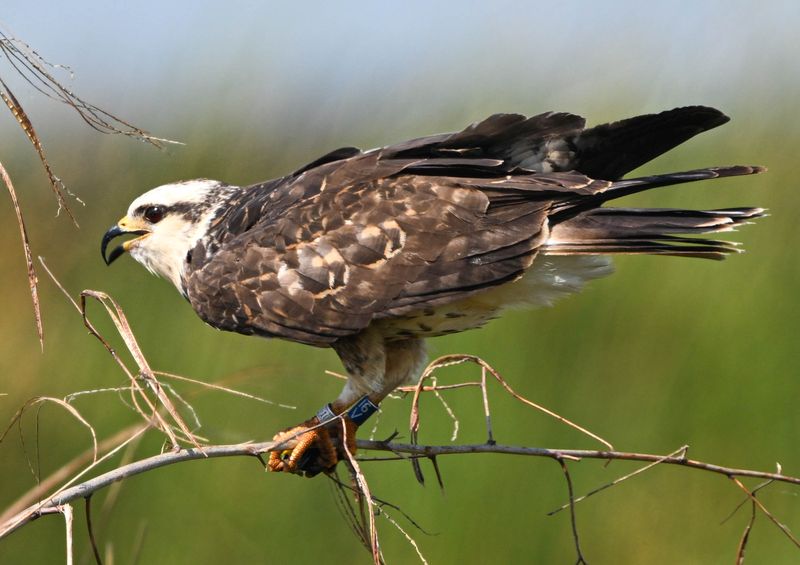
Smartphone apps like Merlin Bird ID and eBird have revolutionized birding! These digital assistants identify birds by appearance, sound, or location with impressive accuracy. Most are free and work even without cell service.
Try the sound recognition feature during morning walks – it’s like having an expert birder whispering identifications in your ear. The satisfaction of confirming a mystery bird’s identity on the spot is absolutely addictive!
5. Create A Simple Feeding Station
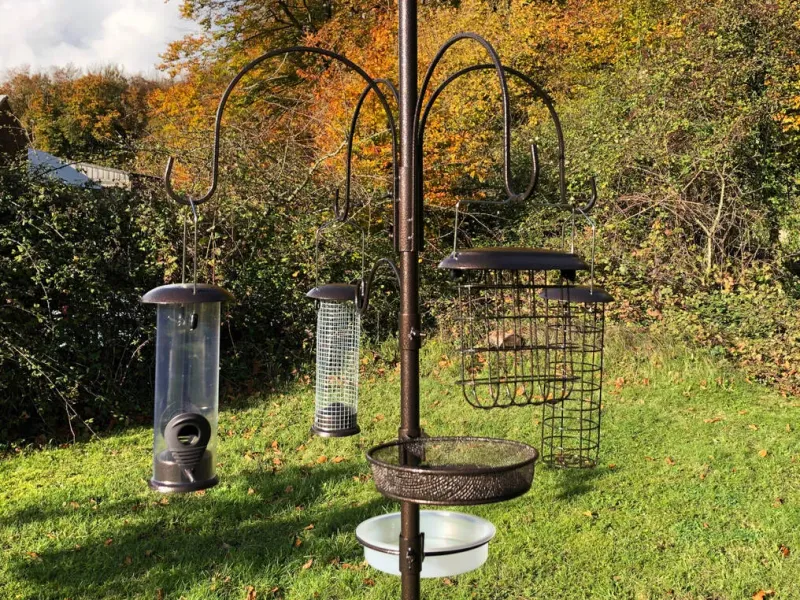
A basic bird feeder brings the action to you! Start with black oil sunflower seeds – they attract the widest variety of species. Add a birdbath for even more visitors, especially during dry spells.
Place feeders near windows for easy viewing but at least 10 feet from trees where predators might hide. The morning coffee-and-birds routine quickly becomes a cherished ritual. Your feeder will become a neighborhood hotspot for both birds and conversations!
6. Keep A Bird Journal
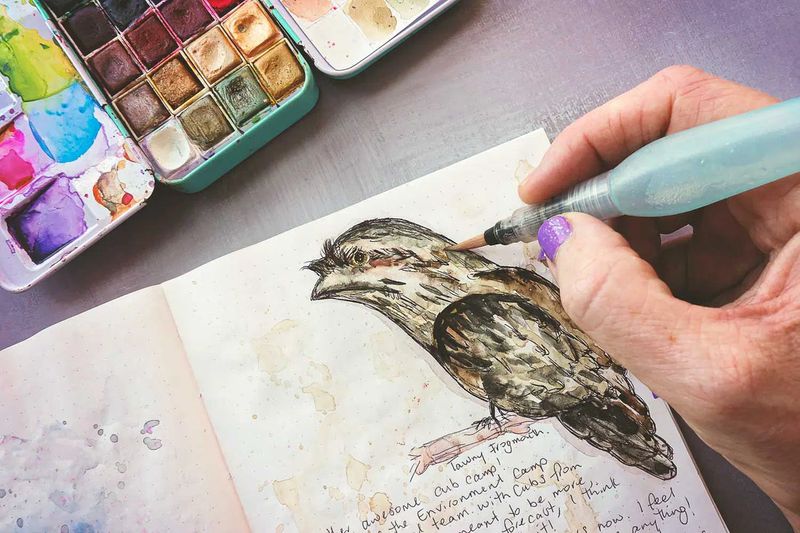
Memory fades, but journals last forever! Record your sightings in a notebook – date, location, species, and interesting behaviors. Include quick sketches or notes about colors and patterns.
Don’t worry about artistic talent – even stick-figure birds help cement memories. Looking back at early entries months later reveals how much you’ve learned. Plus, tracking your “life list” (all species you’ve seen) turns birding into a satisfying collecting hobby!
7. Join A Local Birding Group
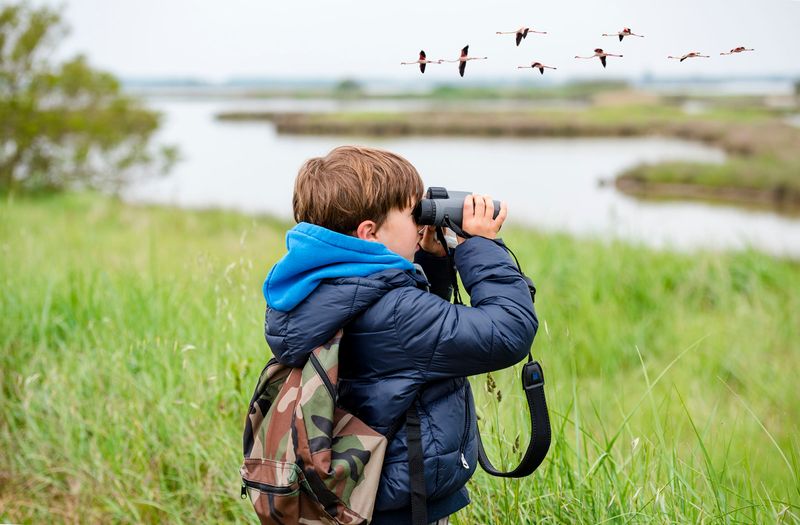
Birders love sharing their knowledge! Local Audubon chapters or bird clubs welcome beginners with open arms. Group outings multiply your learning speed as experienced birders point out easily-missed species.
These gatherings combine birding with friendship – shared excitement when someone spots something rare creates instant bonds. Check social media or library bulletin boards for nearby groups. Many offer free beginner walks specifically designed for newcomers!
8. Learn Bird Songs And Calls
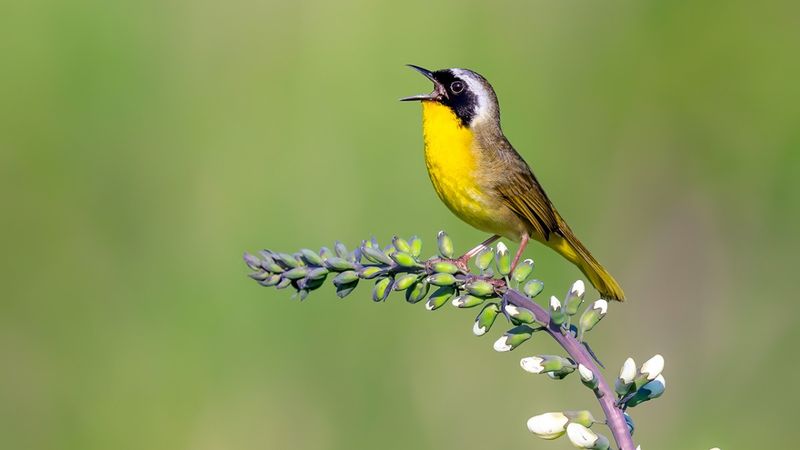
Your ears can identify birds your eyes never see! Start with just 3-5 common birds in your area – the cheerful “cheer-cheer-cheer” of cardinals or the “fee-bee” whistle of chickadees.
Listen actively during morning walks, connecting sounds to sightings. Apps like Merlin let you play calls for comparison. Sound identification doubles your birding success rate instantly. Once you learn a few calls, you’ll notice them everywhere, like familiar voices in a crowd!
9. Visit Bird-Rich Habitats
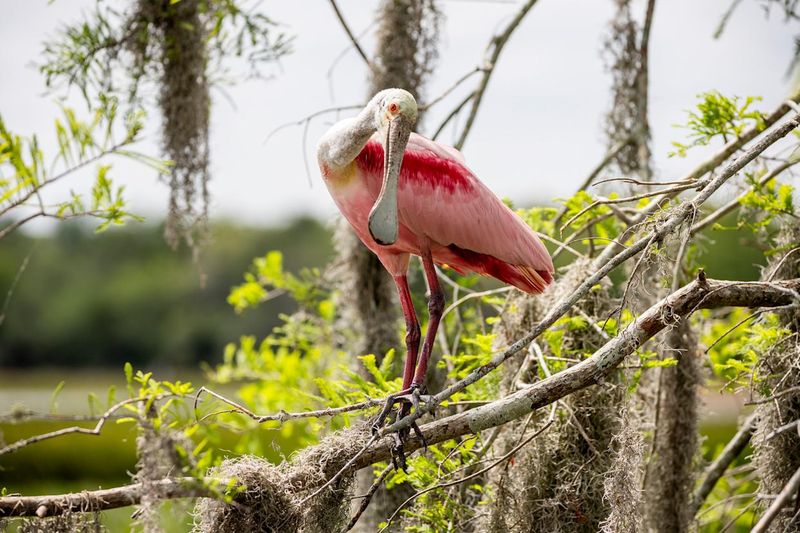
Different habitats host different birds! Explore local wetlands, forests, and open fields to expand your sightings. Wildlife refuges and nature preserves often have easy walking trails designed for wildlife viewing.
Water edges are especially productive – even small ponds attract herons, ducks, and songbirds. Morning visits (6-10am) yield the most activity. Each habitat adds new species to your life list and deepens your understanding of bird ecology!
10. Focus On Bird Behavior
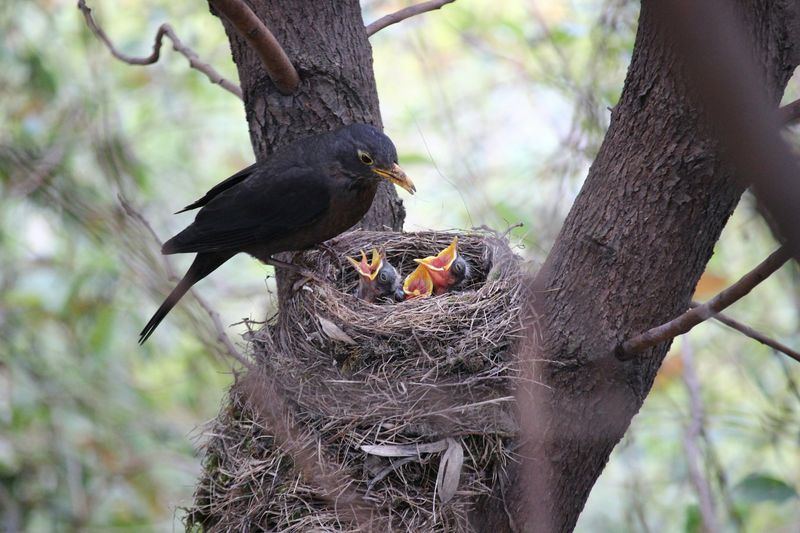
Beyond identification lies the fascinating world of bird behavior! Watch how birds interact, feed, and defend territory. Does that robin tug worms differently than yesterday? Is that woodpecker drumming to find food or announce territory?
These observations transform birding from a checklist activity to a window into wild lives. Behavior watching works even with common species you already know. Soon you’ll predict what birds will do before they do it!
11. Set Up A Window Observation Post
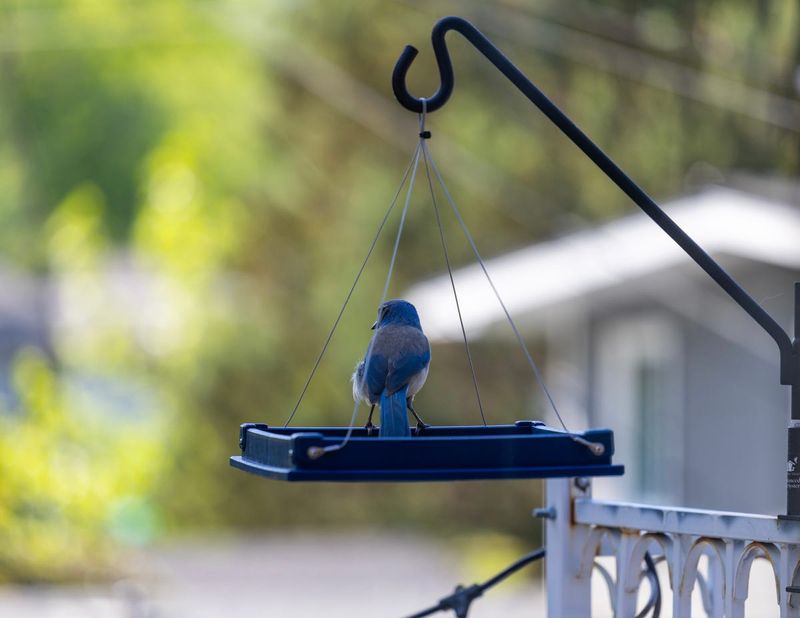
Create a comfortable indoor birding station near your best wildlife-viewing window. Arrange a comfy chair, side table for field guides, and binocular hook within easy reach.
This setup lets you bird during bad weather or brief coffee breaks. Add a notebook to record regular visitors and their schedules. Window birding fits perfectly into busy lives – five-minute sessions between tasks add up to remarkable observations over time!
12. Participate In Citizen Science
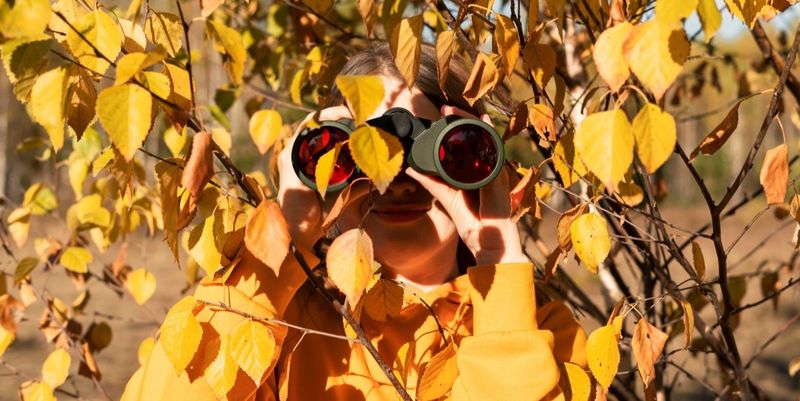
Your observations can help real scientific research! Projects like the Great Backyard Bird Count and eBird collect data from regular people to track bird populations and migration patterns.
These programs provide simple apps or websites to record sightings. Knowing your hobby contributes to conservation adds purpose to your birding adventures. Scientists rely on these massive datasets to understand how climate change affects birds across continents!
13. Explore Seasonal Changes
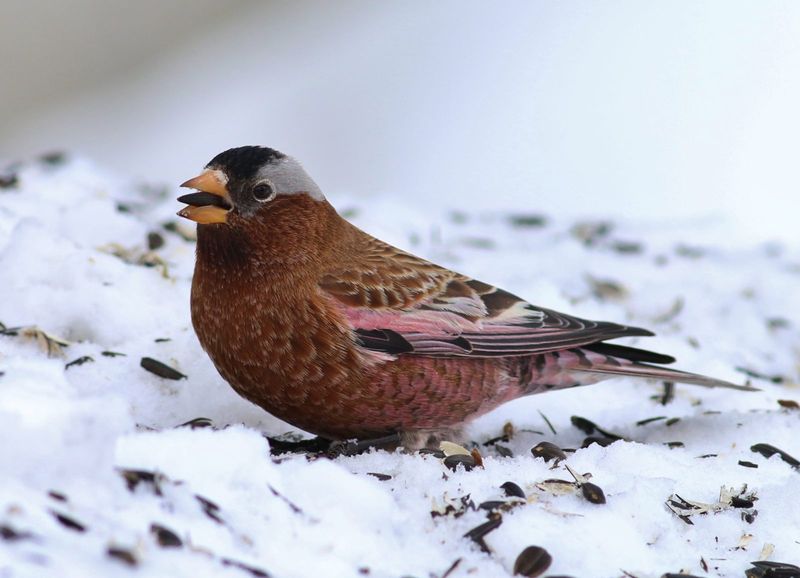
Birds transform with the seasons! Spring brings colorful breeding plumage and territorial singing. Summer reveals fascinating nesting behaviors. Fall migration brings waves of travelers passing through.
Winter strips landscapes bare, making remaining birds easier to spot. Each season offers unique birding experiences and species. The cyclical nature of bird life connects you to natural rhythms often missed in our busy modern lives!
14. Share Your Discoveries
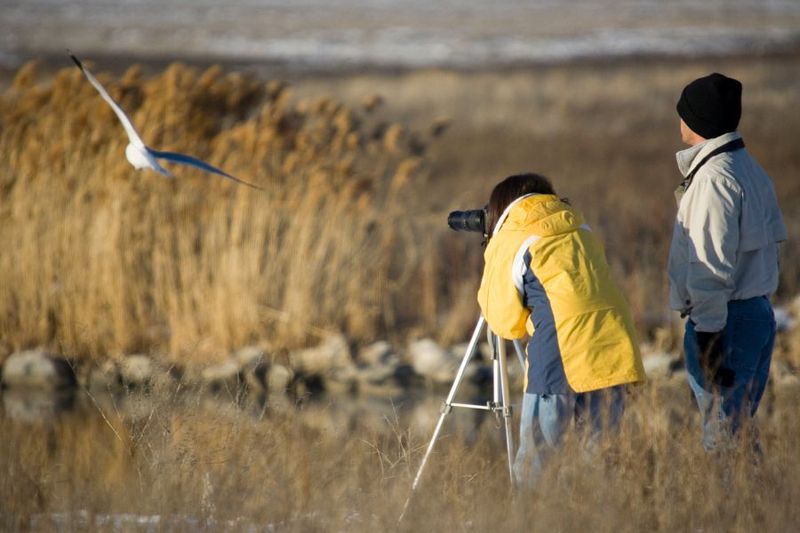
Enthusiasm is contagious! Share interesting sightings with friends and family – that hawk perched on your fence or the hummingbird visiting your flowers. Post photos on social media or simply point out birds during walks.
Teaching others reinforces your own knowledge and spreads conservation awareness. Your excitement might inspire someone else’s lifelong passion! Birding creates connections between people just as it connects us with nature.






